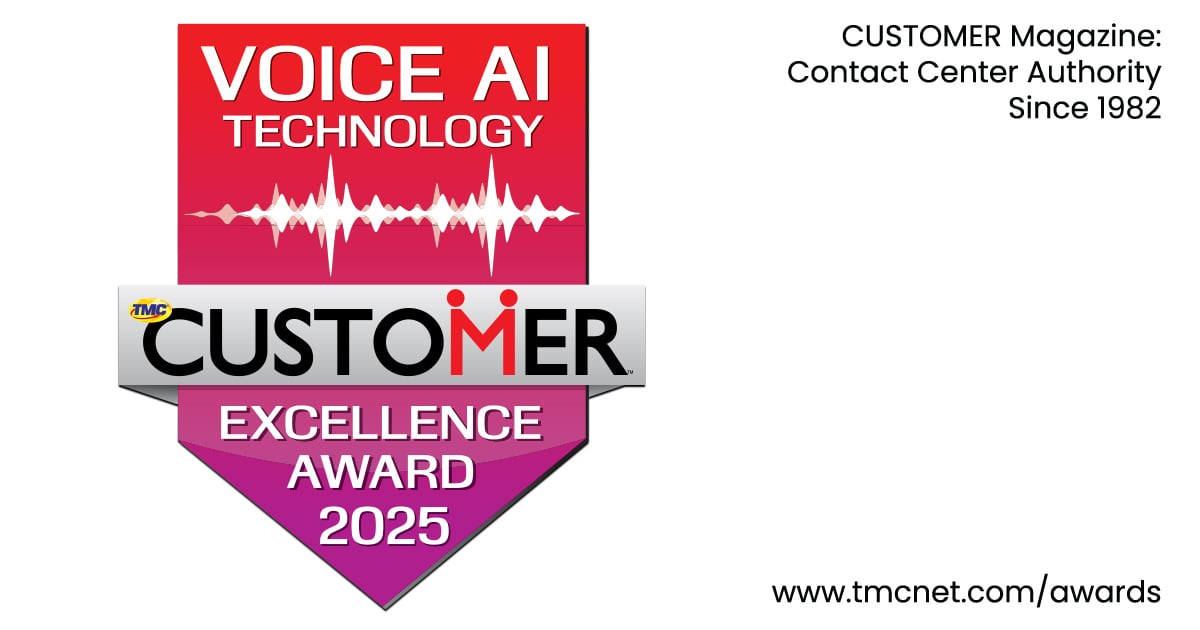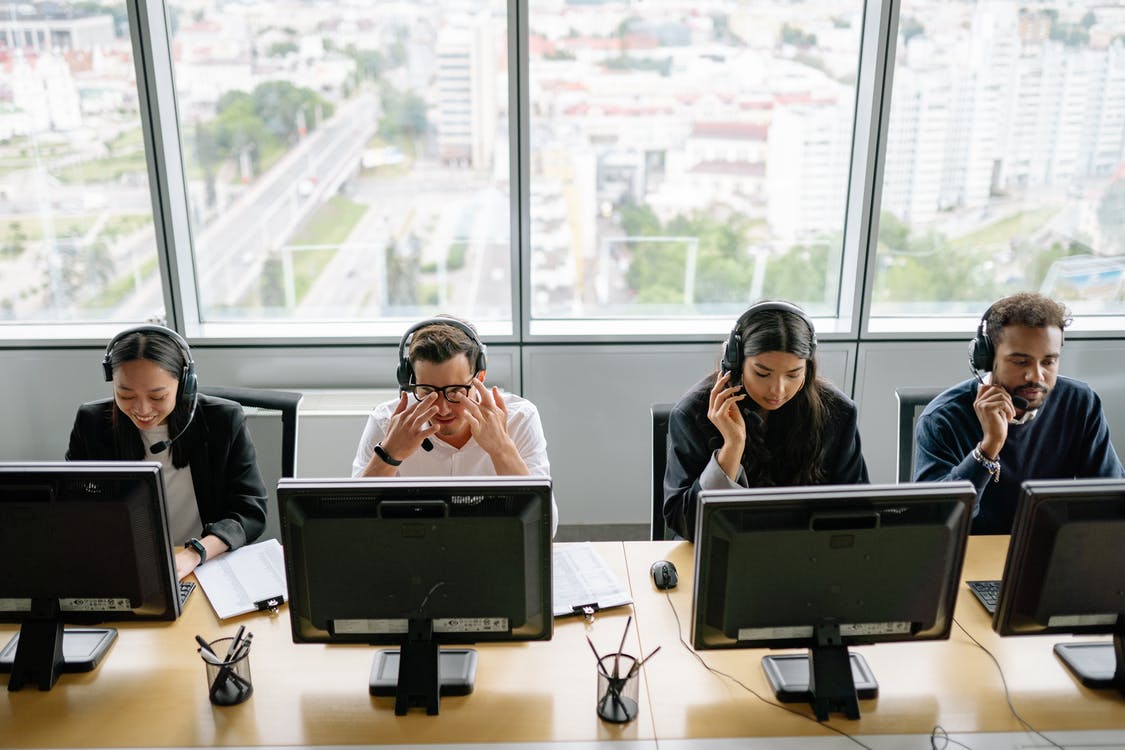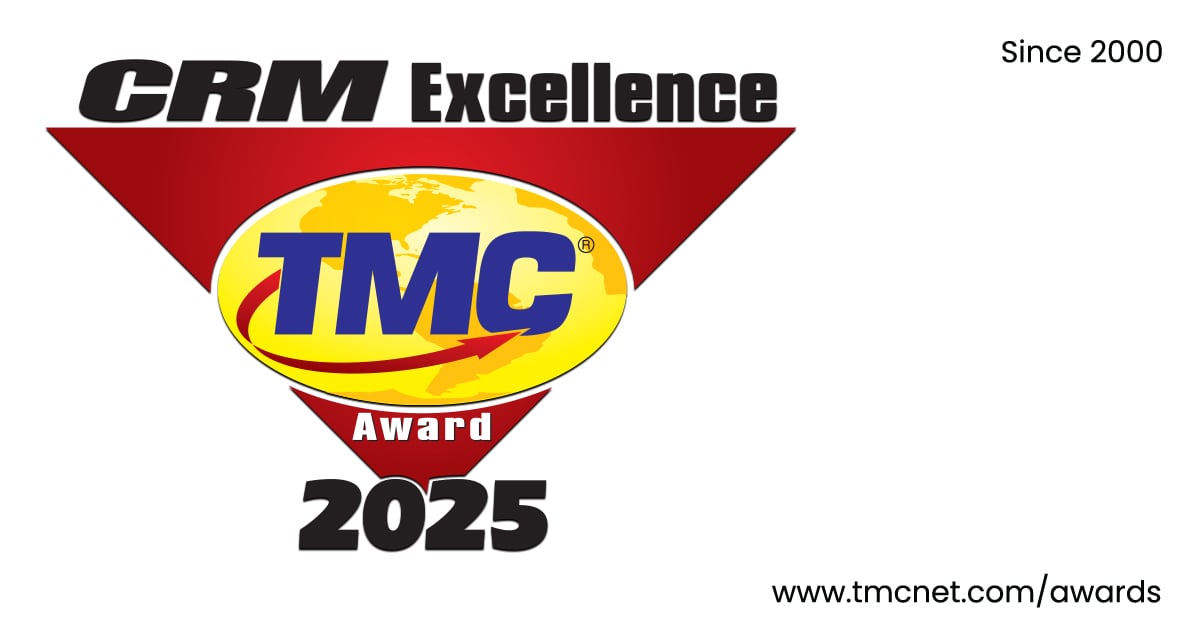In my last weekly update on leadership lessonslearned during COVID-19, I discussed overcommunication—the idea that leaders need to set the tone for our managers, offer flexibility and resources for employees, and visibly participate in meetings and activities like virtual happy hours and social gatherings.
This week I want to share something we have been working on that may seem like it is still in the distance—returning to the workplace. Frankly, it may take as much, or more, time to get back to the offices as it did to get everyone comfortably working from home. But, if we don’t prepare properly, our failures in this area have the potential to take all the good work we have collectively done and all the good will we have built and throw it away.
Here’s what I know for sure: As we transition back to our physical offices, we will not employ a one-time-for-all or one-size-fits-all approach. Our teams can’t wait to be back, but we won’t initiate our return until we are ready in every way to ensure the health and safety of our employees.
When the time comes, leaders need to be thoughtful and caring in how we bring our employees back into the physical workspace, and without disrupting our company momentum. At Calabrio, we have six offices around the world and nearly 100 additional employees who call home their primary workplace. Right now, we are focused on what we can repeat across offices and are letting local leadership teams focus on activities unique to their regions.
Our people will be returning to work within a continued climate of stress and uncertainty with COVID-19—it will not have just gone away—and the very notion of what it is to be back in the office will have changed. Business as usual will not suddenly resume.VIDEO
The Rolling Return
I do not foresee one singular day when we tell all our 650+ employees across the globe to return to the workplace. This is going to be a rolling return. As I said, each region is facing a different level of risk and has different governmental rules and guidance. In addition, our IT, HR and administrative teams need to work with each office to ensure the safety and productivity of our employees as well as uninterrupted service for our customers.
For other companies in the same situation, distributed geographically, it is time to be thinking about your re-entry plan. It is ok if it changes between now and when you start moving employees back to the office. It is better to start formulating a plan now so that 1) employees know there’s a thoughtful path in place, and 2) you have time to react and prepare—whether that means procuring supplies, hiring additional cleaning services or reconfiguring offices and meeting rooms. Letting your employees know a plan is in place leads to peace of mind and confidence in leadership—things we all need right now.
Office Cleanliness and Safety 2.0
Most of us decided to shift to a work-from-home approach quickly. This means that we cannot simply return to the office without some level of maintenance and deep cleaning. For example, we have external cleaning crews maintaining daily cleaning of our offices; they focus on doors, drawers, knobs and other areas. We are also working to ensure all global locations have a consistent process around a new, more rigorous standard for cleaning. For instance, we will have offices sprayed each night to thoroughly sanitize all surfaces and add another layer of deep cleaning.
New Rules of Engagement in the Workplace
Along with bringing regional offices back on varying timelines, we are planning for social distancing within our own walls. For our more populated offices, we are considering bringing back individuals in stages, so we can limit the number of people on each floor. This allows us to spread out among the workstations, then we can gradually add employees as risk levels drop. Knowing what we know now about our workforce and its ability to efficiently work from home, remote teams may play a bigger role in our company going forward.
Once back in the office, contact will not be the same as before. Leadership should set best practices to maintain safe distancing throughout the office—at our desks, in the hallways and in gathering places like the cafeteria. We are evaluating all shared food and beverage dispensaries to see how they can be used wisely, or if they should be shut down temporarily.
A big question should be around how leadership approaches in-office meetings and events—is it wise to once again collect in meeting rooms or communal spaces or should meetingsbe virtual, from our desks, for a while? Virtual collaboration has skyrocketed over the last few weeks—we’re just getting good at it—maybe it is not something to be disbanded too quickly.
Social distancing in the workplace is not just a practical matter for leadership to consider, but one where we must transform how our teams interact and behave. For example, a bedrock of trust and respect in many cultures is the value of a strong handshake. Yet, this engrained behavior and association is something we must change in the new landscape of work where we continue to distance and stay ahead of flare-ups.
Leadership needs to communicate across the company that moving away from handshakes is not a sign of disregard, but an active choice to be safe and conscientious. We also cannot scold people when they forget that handshakes are off limits for now, but gently remind them that unconscious actions, built over a lifetime or at least a career, can be hard to change.
Communicating the New Norms
Communication seems to be my hot topic throughout this series, and for good reason. If we are going to implement so many guidelines to ensure employee safety, then leadership also needs to maintain communications about new rules, helping employees understand how to stay healthy while they come back to our physical spaces, see their co-workers for the first time, and travel and interact with customers and partners.
Even signage is an important part of communication. We installed hand washing signage for each restroom and will post best practices on our office information monitors, including content from the WHO , to help people get the facts and reduce fear.
Aside from signage and digital displays, creating digital pathways to inform and remind employees of guidelines is key. For example, Microsoft (News - Alert ) Teams channels provides a strong connection for our remote-working environment, so we are building a new Teams channel to support staff through their return to the workplace. On it, we will provide guidance on the rules of engagement for in-office distancing and give employees an opportunity to express concerns or raise relevant issues—without making people feel bad about reporting. Leaders need to reinforce that we are all in this together and we need to work as a team.
Finally, as you are creating your plan, think about how you can maintain some of the new best practices we are learning during the pandemic. For example, encouraging employees to use their video cameras for every meeting, allowing more flexibility in your workforce to connect with others, and maintaining the personal connections we have built over the past weeks at home.
A simple checklist can help you get started as you develop a plan. Here’s a few ideas to get you going.
Deep Cleaning: Prior to moving back into the office, create new sanitization standards and daily cleaning protocols
Timing: Move right away or give it time
Phasing: All or some employees
Visitors: Allow guests or not
Communal spaces: Allow access (or some form of it) to cafeteria and break rooms
Planning: What if we have to go home again
Expenses: What costs to cover that employees incurred while gone
Communication: How and which channels will keep employees informed of our new way of working
At Calabrio, we are planning for our safe return, however and whenever that happens. We are using our networks to gather ideas and merge them with our own. I hope these can inspire other leaders to do the same. As always, reach out to me on LinkedIn if you have stories or tips you want to share.
If you missed the the first three installments in this series on leadership during a pandemic, you can find them all at
Calabrio Corner .
Edited by
Erik Linask





